BIC Process Design
Understand & Transform
Supercharge your business operations with the most intuitive AI-powered BPM software.
It seems that you come from a German speaking country. Here you can change the language
EnglishAre you struggling with a lack of transparency, inconsistent data, or unclear processes? These challenges can make it difficult to plan resources effectively, achieve your strategic goals, and respond to market shifts. But what if you could gain full transparency over your IT, improve data quality, and align your architecture with your strategic objectives? In this article, you’ll explore how Enterprise Architecture Management (EAM) can help you overcome these hurdles and set the foundation for long-term success. Read on to discover how EAM can lower costs, minimize risks, and drive efficiency in your organization.

Table of Contents
Author
Markus Kück

EAM is a strategic approach to analyzing, designing, managing, and continuously developing your enterprise architecture. It provides more than just an IT perspective—it offers a holistic view of your organization's strategic, operational, and technological aspects. As an interdisciplinary function, EAM ensures transparency across all structures, processes, applications, and technologies, allowing you to recognize and leverage synergies between different parts of your business.

Over the years, many companies have developed a complex and fragmented IT and process landscape that is no longer fully aligned with their business strategy. This complexity makes it harder for organizations to adapt to market changes and embrace new business models. Outdated applications require costly maintenance, data is scattered across disconnected silos, and there is little visibility into the dependencies between business processes, data, software applications, and IT systems. This leads to major challenges, such as:

By implementing EAM software, companies can overcome these challenges with a holistic view of their enterprise structure. Managing IT infrastructure, applications, data flows, and business processes in a systematic, structured way helps eliminate redundancies, optimize processes, and increase agility. This doesn’t just benefit IT, it empowers every business unit, from production and sales to administration, to collaborate more effectively and stay aligned with company goals.
Get to know BIC EAM
Enterprise Architecture Management (EAM) is designed to shape and optimize an organization’s entire architecture. The key benefits include:

Boosting agility: EAM enables you to respond more quickly to market changes, helping you seize new opportunities and stay ahead of the competition.

Aligning IT with business strategy: By ensuring that IT strategy supports overall business goals, EAM streamlines operations and accelerates the implementation of business requirements.

Enhancing IT governance: EAM establishes well-defined IT management, ensuring compliance with policies and industry standards.

Optimizing resource utilization: A consolidated, well-structured IT landscape reduces costs and improves overall efficiency.

Meeting regulatory requirements: Standardized processes and transparent data flows simplify compliance management, reducing the effort required for audits and regulatory reporting.

Strengthening security: By proactively analyzing IT infrastructure, EAM helps identify and mitigate risks early, enhancing cybersecurity and increasing resilience against potential threats.

Driving innovation: A flexible enterprise architecture makes it easier to integrate new technologies and adapt to evolving business needs.

Creating transparency: EAM provides a clear, end-to-end view of strategic, functional, and technological relationships, making dependencies between processes, data, and systems more visible and manageable.
Enterprise Architecture Management is typically structured into four key architectural domains, each covering different aspects of the enterprise architecture:
Business architecture focuses on systematically analyzing, modeling, and optimizing business processes based on the company's business model. The goal is to translate business strategy into efficient and effective operations to improve overall performance. This includes process modeling, defining roles and responsibilities, and ensuring that business processes are fully supported by IT infrastructure.
Data architecture governs how an organization organizes, manages, and utilizes its data. It defines how data is collected, stored, processed, and accessed to ensure integrity, consistency, and availability. This includes data modeling, data flow design, and strategies for maintaining data quality, integration, and security. A well-structured data architecture lays the foundation for informed decision-making.
Application architecture focuses on designing, structuring, and managing an organization’s software applications to create a cohesive, high-performing application portfolio that effectively supports business processes. It defines application components, their interactions and integrations, and establishes standards for development, maintenance, and upgrades. This ensures that applications are not only functional but also scalable, secure, and future-proof.
Technology architecture provides the hardware, networks, middleware, and core software platforms that form the foundation for applications and data management. It describes the underlying IT infrastructure and technology platforms used to support business needs and applications. The goal is to build a stable, scalable, and high-performance IT environment.
There are various frameworks and modeling approaches that support Enterprise Architecture Management (EAM). Below is a selection of the most commonly used methods:
TOGAF is one of the most widely known and commonly used frameworks for Enterprise Architecture Management. Developed by The Open Group, it provides organizations with a systematic approach to developing, implementing, and managing their enterprise and IT architecture. TOGAF offers a comprehensive framework covering the four key architecture domains: Business Architecture, Data Architecture, Application Architecture, and Technology Architecture. Its core methodology, the Architecture Development Method (ADM), describes the entire lifecycle of enterprise architecture, from planning and implementation to ongoing monitoring.
The Zachman Framework, developed by John Zachman in the 1980s, is one of the first enterprise architecture frameworks and provides a structured classification system for architectural artifacts, including processes, data, and IT systems. The framework contrasts the perspectives of stakeholders (such as planners, owners, designers, developers, service providers, and businesses) with various dimensions like data, functions, networks, people, time, and motivation in a two-dimensional matrix. The goal is to offer a holistic view of the architecture. Unlike other frameworks, the Zachman Framework does not offer a step-by-step methodology for creating architecture but instead serves as a descriptive model that provides structure and orientation.
The Gartner Framework takes a pragmatic, business-driven approach to Enterprise Architecture Management. It defines EAM as a disciplined management practice that connects business objectives with IT architecture. The framework focuses on aligning IT with business strategy and adapting IT to evolving business needs.
The Federal Enterprise Architecture Framework was developed by the U.S. federal government to standardize and align IT resources across federal agencies. It provides a common structure that facilitates the coordinated planning, development, and management of IT architectures across different government entities. The goal of FEAF is to create a consistent and interoperable IT landscape across federal agencies. It also defines how strategy, business, and technology management can be integrated into enterprise architecture as part of organizational design and performance improvement.
ArchiMate is an enterprise architecture modeling language developed by The Open Group. It provides a standardized notation to visually represent various aspects of enterprise architecture, including business processes, applications, and information systems.
The interests and needs of all departments should be considered from the start. Involve the entire company in technology decisions to build widespread support and acceptance for EAM initiatives. Communicate your message in a way that's easily understood, and tailor it to the specific needs of each department to clearly show how Enterprise Architecture can contribute to achieving their individual goals.
Establishing architecture principles is the foundation for a unified approach to developing and implementing enterprise architecture. These principles act as guidelines and standards for how technologies, processes, and data are used and managed within the organization. They help ensure consistency and quality by setting mandatory guidelines for designing the IT landscape. Architecture principles should be specific enough to provide direction but flexible enough to adapt to changing business requirements. The main goal is to support decision-making in EAM, accelerating selection processes and reducing the risk of poor decisions.
Architecture should be developed gradually and continuously rather than using a one-time "big bang" approach. Start with selected use cases and gradually integrate additional business processes. Once the enterprise architecture is established, you can unlock the full potential of your EAM initiative, driving digital transformation and innovation throughout the organization.
Regular reviews and audits help maintain and continuously improve architecture quality, identify and correct errors, inconsistencies, and outdated data. For data quality assurance, you can implement a quality-check mechanism that prompts application owners to review their information at set intervals.
Business Capability Mapping highlights the capacities a company needs to execute its core functions and serves as a bridge between business strategy and IT implementation. Within EAM, it helps align the IT landscape with business requirements, identify gaps and redundancies, and prioritize investments more effectively. This not only significantly reduces costs but also optimizes the enterprise architecture to quickly adapt to market changes.





1. Too much strategy, not enough practice:
There’s a risk of focusing too much on theoretical planning and losing sight of the practical needs of the business. EAM shouldn’t be viewed as an isolated concept, it needs to align with business strategy, operational processes, IT systems, and budgets to achieve sustainable results. Take a hands-on approach to stay agile and respond to unexpected challenges.
2. Over-modeling:
Don’t try to map every possible scenario in your EA models. It’s nearly impossible to cover all eventualities, and doing so can lead to overly complex models. Instead, focus on the key business capabilities and only capture data that’s relevant to your specific use cases. A lean approach with targeted reports, like application optimization, helps keep complexity in check and ensures the focus stays on what your business truly needs.
3. Too broad project scope:
A common mistake is making the project scope too broad or focusing only on strategic aspects. It’s important to balance complexity and simplicity, providing just the right amount of enterprise architecture at the right time. Smaller, clearly defined projects with measurable goals deliver quicker results and help build stronger support from management. EAM should always be linked to the operational reality of the company.
4. Using the wrong tool or no tool at all:
Using the right tools is crucial for EAM’s success. Generic software solutions often fall short because they’re not designed for architecture management. Their limited functionality and lack of quality control mechanisms can lead to extra work and problems with data maintenance. On the other hand, specialized EA tools make data collection more efficient, enhance communication across the company, and improve data quality. With real-time data management and insightful reports, these tools provide a solid foundation for informed decision-making.
Gain visibility into which applications are used in which business processes. By highlighting the process relevance of your applications, you can prioritize your investments and focus on improving the most critical ones. This helps you quickly spot which processes would be impacted by disruptions, allowing you to take proactive measures.
Enhance your application context diagrams by incorporating business elements such as organizational units, business capabilities, and business contexts. Create direct connections between Enterprise Architecture Management (EAM) and Business Process Management (BPM) to provide a comprehensive view of how your applications are used. This holistic visualization allows for better understanding of interconnections and improves alignment between IT and business.
Use EAM to identify and model potential risks in your applications early on, while also mapping the technical components they rely on. This approach allows you to minimize vulnerabilities, strengthen IT security, and ensure system stability by understanding dependencies and interactions within your infrastructure. By addressing both risks and infrastructure connections proactively, you create a solid, scalable foundation that supports your applications efficiently and secures your IT strategy.
Link your applications to the relevant interfaces (APIs) to provide transparency on data flow. This will help you identify which data flows into your applications through which interfaces. By having a clear interface structure, you ensure efficiency and transparency in your business processes.
Take advantage of the ability to model your IT architecture geographically. Create specific context diagrams for different countries that highlight local dependencies and relationships. This detailed modeling allows you to optimize global planning while accounting for regional requirements.
With structured Application Portfolio Management, you can identify weaknesses and areas for improvement early on. Make targeted decisions about which applications should be modernized or eliminated to ensure your IT landscape is both powerful and cost-effective.
Integrate external data sources or your existing repository (e.g., Power BI) via REST APIs into BIC EAM to proactively manage the impact of incidents. Analyze the relationships between IT components and processes to identify which business processes could be affected in the event of failures. Take timely action to ensure smooth process continuity.
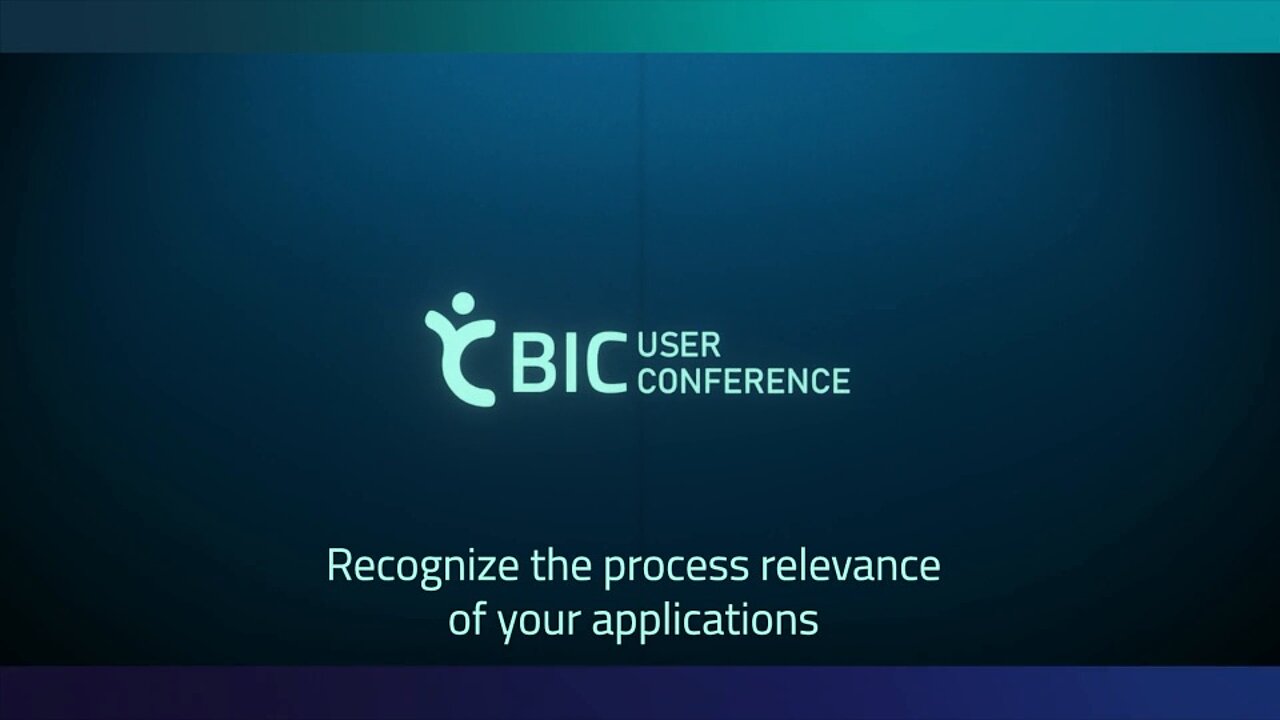


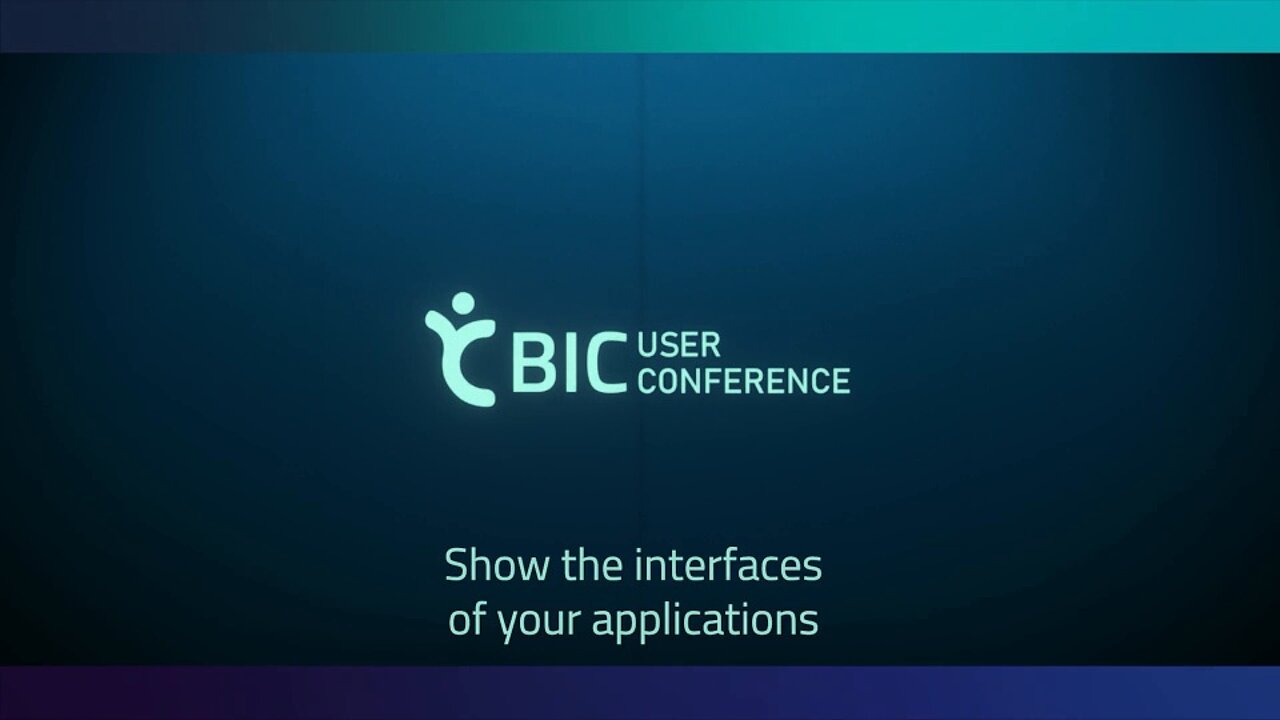
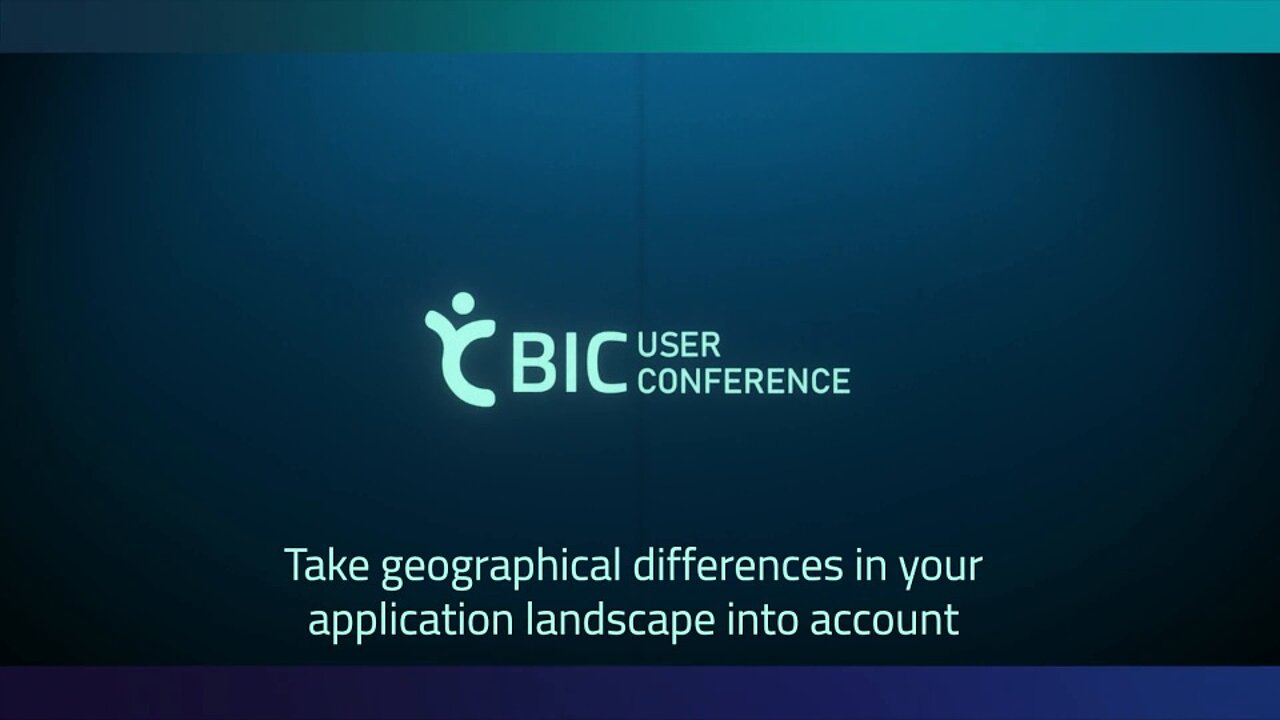
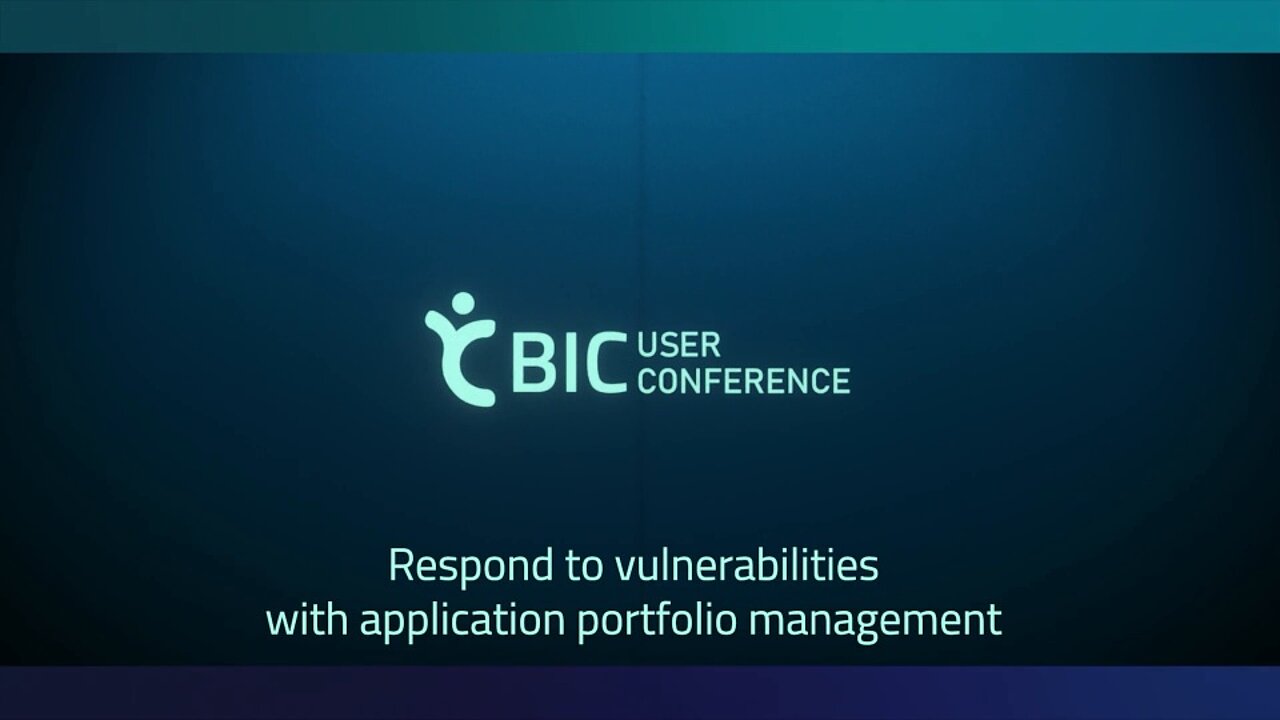
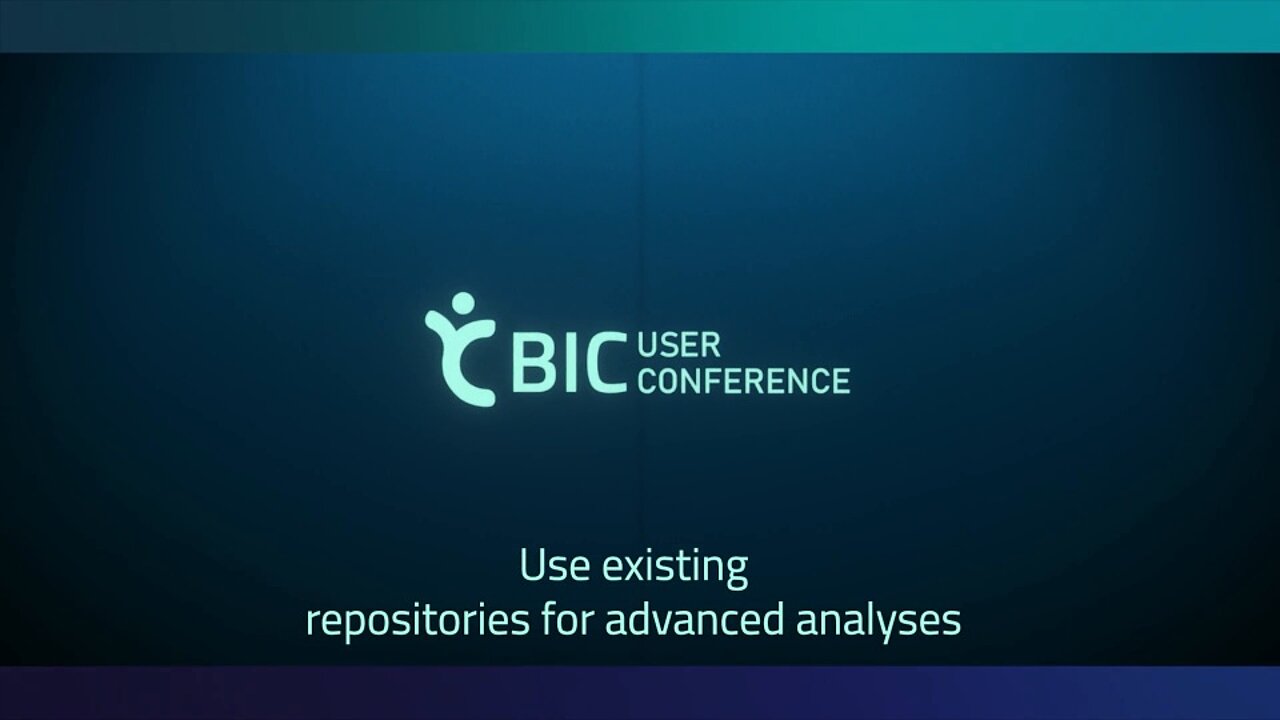
Of course, we are here to support you as a reliable partner in your EAM journey, offering a comprehensive range of services to ensure the success of your EAM project. Our goal is to assist you every step of the way – from planning and implementation to the continuous optimization of your enterprise architecture. Leverage our services to build your enterprise architecture strategically:

Head of BPM Services
Markus leads the BPM Services department and is responsible for its strategic direction. Together with his team of seasoned specialists, he helps clients optimize their processes sustainably and prepare them for the future. For every need, dedicated experts are on hand to develop tailored solutions that address each client’s unique requirements. With his deep expertise and the collective knowledge of his team, Markus delivers comprehensive, top-tier support for all challenges in business process management.
We have the information you need to unleash your full process potential. Take a look at our resources and start improving your business performance today.